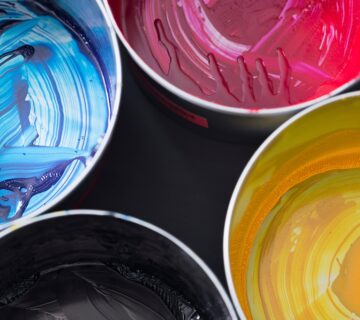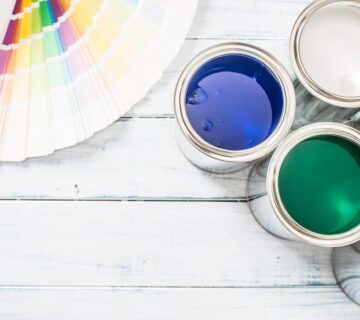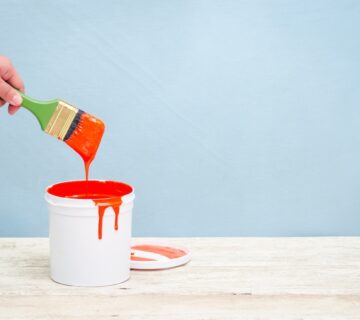Investing in a house painting project can significantly enhance the aesthetic appeal and value of your home. However, ensuring you get the best value for your investment requires more than just choosing the right color. It involves making informed decisions about materials, hiring professionals, and planning the project effectively. Additionally, considering the long-term durability and maintenance needs of the finish can also play a crucial role in maximizing your investment. Here are some key strategies to help you maximize the value of your house painting investment.
Choose High-Quality Paint
Choosing high-quality paint is crucial for a successful painting project. Premium paints offer better coverage, durability, and a more enduring finish. Although they come with a higher initial cost, they can save you money over time by minimizing the need for touch-ups or complete repainting. Furthermore, high-quality paints typically offer superior color retention and are more capable of withstanding environmental factors. Investing in quality paint ensures that your home not only looks better but also maintains its appearance for a longer period.
Hire Reputable Professionals
Hiring experienced professionals can add significant value to your painting project. A reputable painting company can offer expert advice on color selections, finishes, and material choices, and ensure the project is completed efficiently and to a high standard. To find the right professionals, obtain multiple estimates, verify references, and review their previous work. Investing in a skilled team might cost more initially but can provide lasting benefits through their expertise and reliability. This step is vital in avoiding common pitfalls and ensuring that the painting is done correctly and beautifully.
Do Proper Preparation
Effective preparation is essential for achieving a high-quality paint job. This process includes tasks such as cleaning, sanding, patching holes, and applying primer. While professional painters usually handle these steps, undertaking some of this work yourself can help reduce costs. However, it’s crucial not to cut corners on preparation, as inadequate prep work can lead to poor results and diminish the investment’s value. Proper preparation ensures that the paint adheres well and lasts longer, avoiding premature deterioration.
Plan Your Project Wisely
The timing and organization of your project can significantly affect both the cost and the outcome. For exterior painting, consider the weather and season, as these factors can impact the paint’s drying and curing processes. For interior projects, schedule the painting to minimize disruption to your household. Additionally, look for sales on painting supplies or use leftover materials from previous projects to further reduce expenses. Strategic planning can help you avoid unexpected costs and ensure the project proceeds smoothly.
Consider the Long-Term Impact
When planning your paint project, think about the long-term implications of your choices. Opting for neutral, timeless colors may enhance your home’s marketability if you’re considering a future sale. In regions with high humidity or harsh weather, choosing mold-resistant or high-quality exterior paint can prevent future problems, adding long-term value to your property. This consideration is key in making sure your painting choices remain appealing and effective over the years.
Focus on Key Areas
If your budget is limited, prioritize painting key areas that will maximize impact. Refreshing the paint on your front door, trim, or an accent wall can significantly improve your home’s appearance without the expense of a full repaint. This targeted approach can be an economical way to boost your home’s curb appeal and overall aesthetic value. It allows you to update your home’s look without undertaking a large-scale painting project.
Maintain Your Paint Job
Maintaining your paint job is crucial for extending its lifespan. Regular cleaning, timely touch-ups, and periodic inspections can keep your home looking its best and delay the need for a complete repaint. Proper maintenance not only preserves the appearance but also maximizes the value of your initial investment. This ongoing care is essential to ensuring that the home remains visually appealing and that your investment continues to pay dividends.
Final Thoughts
Getting the best value for your house painting investment requires careful consideration of paint quality, professional services, preparation work, project planning, long-term impact, strategic focus, and maintenance. By approaching your painting project with these factors in mind, you can ensure a successful outcome that enhances both the beauty and value of your home. For more insights on house painting and home improvement, visit our website at sisupainting.com and explore our blog at sisupainting.com/blog.





No comment